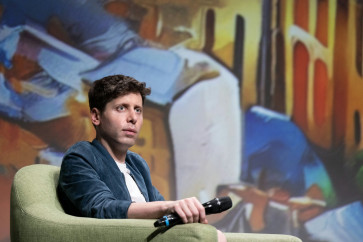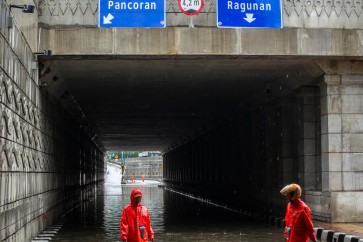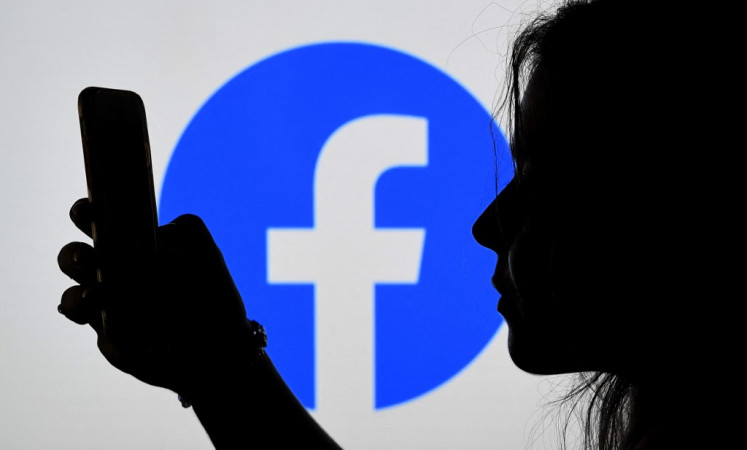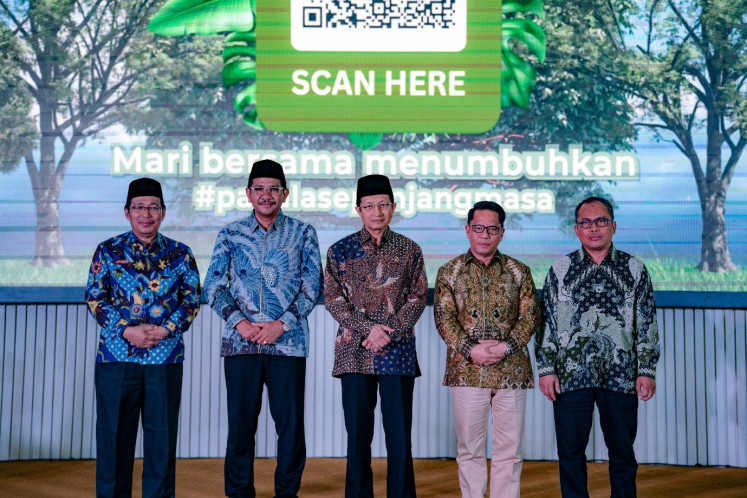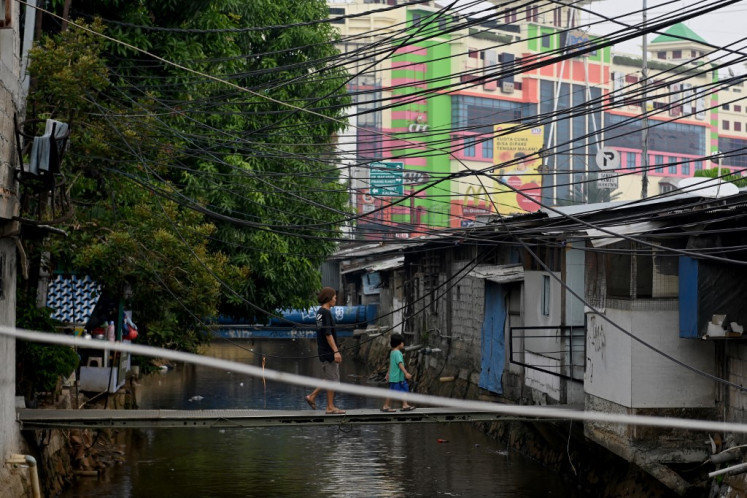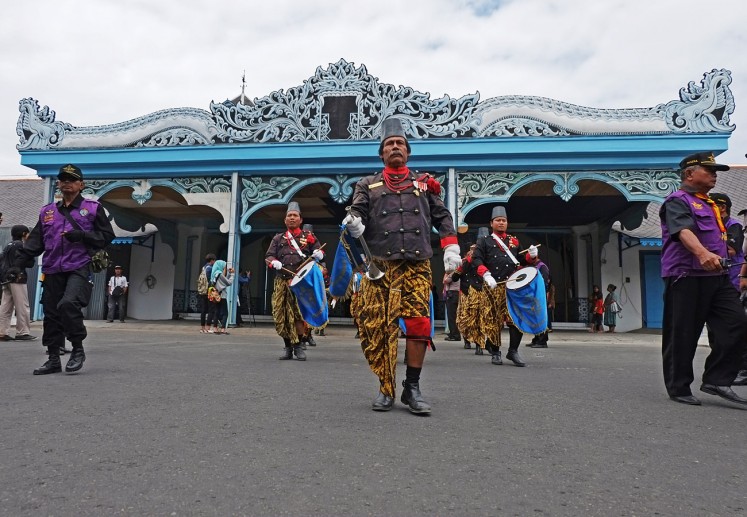The visual effects shaping our reality
Hanson describes visual effects as “the practice of creating things that don’t exist in the real world”.
Change text size
Gift Premium Articles
to Anyone
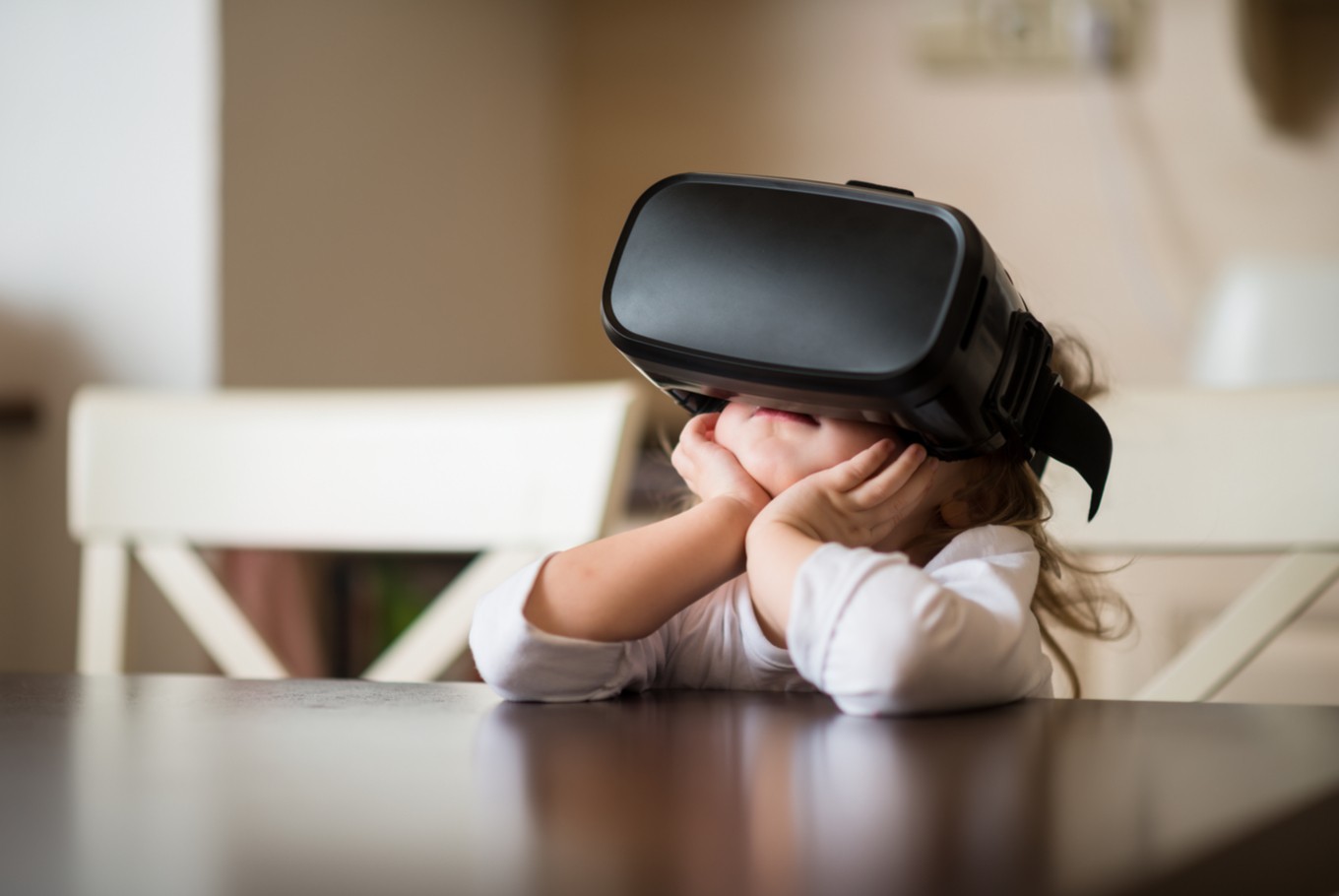 A kid wearing Virtual Reality (VR) goggles. (Shutterstock/File)
A kid wearing Virtual Reality (VR) goggles. (Shutterstock/File)
A
nimation and visual effects are everywhere, even in places you would never expect them to be, from films and the apps on your smartphone, to the pattern in which lights dance at your local mall.
Last week, Eric Hanson, an American visual effects designer and animator who has worked in Hollywood, arrived in Indonesia to give a series of talks about how animation is changing the world.
Hanson’s own induction into the world of animation was not straightforward. He started out working at an architecture firm, where he made digital models of structures that had yet to be built. But as he says: “The beauty of the field [of animation] is that it will adapt to your own special interest.”
Through this work, he became a specialist in modelling buildings, and this expertise eventually led him to work on cityscapes in films like The Fifth Element ( 1997 ), Cast Away ( 2000 ) and The Day After Tomorrow ( 2004 ).
Nowadays, he teaches at the University of Southern California, and is the CEO of his own virtual reality production company, xRez Studio.
Hanson describes visual effects as “the practice of creating things that don’t exist in the real world”.
While in some more fantastical films it is quite obvious that visual effects are being used, in others it might not be as clear. A lot of visual effects are actually images that you don’t realise were created digitally, called invisible effects.
Hanson gives the example of a shot in the film Cast Away ( 2000 ), in which the protagonist is peering over a cliff’s edge to the sea below. This shot looks natural, but in reality, the water was added later.
“If you notice it’s a visual effect, we’ve actually failed,” he says.
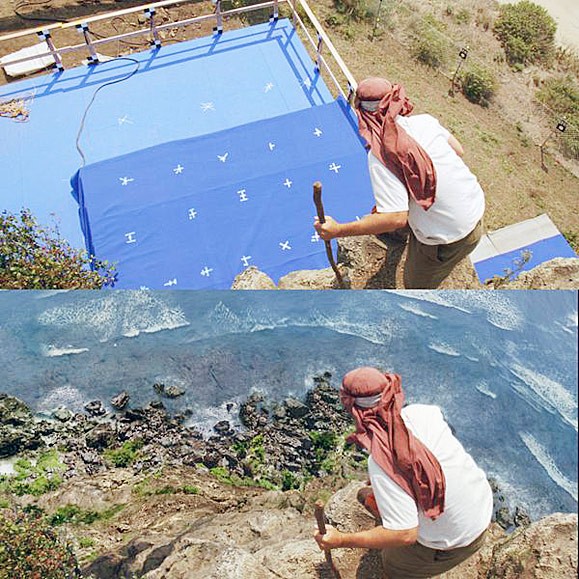
Creating these visual effects is incredibly labor intensive. For The Day After Tomorrow, Hanson and a team of 40-50 artists spent more than a year constructing a single, detailed block of New York.
However, new techniques are improving the field. Hanson and xRez have developed a technique in which digital models of places are created with countless separate pictures showing the object in different angles that are then merged together.
Hanson has used this technique to map and catalogue real world locations, like several Native American sites in his home country.
Soon, he says, people will be able to explore these locations themselves through Virtual Reality (VR) goggles.
He expects that a lot of homes will soon have VR glasses, and that cinemas will also increasingly incorporate the technology and “change the way you look at film”.
However, while VR is being hyped now, Hanson expects that another type of immersive media will take the front seat soon: AR, or augmented reality.
In AR, visual effects add something to the real world through a device. A rudimentary but popular example of this is Pokémon GO, which projects Pokémon onto real locations.
“There is a big wave coming with what is called AR, and it will be bigger than VR, because anything in the real world you could do. Let’s say you want to work on your automobile. You could say, ‘Where do I change the oil?’ And you could dial in an AR informational graphic that would show you where to access that,” Hanson explains.
While most people now see AR mostly through smartphones or tablets, this will soon change, according to Hanson.
“It will be integrated in glasses and it will project synthetic imagery into your eye in a three dimensional way. You would really think it’s there; you wouldn’t feel it, but you would perceive it as being there very, very strongly,” he adds.
This all seems like science fiction, but Hanson is adamant that it will be coming in the near future.
“[In] 10 years from now, we’re all going to be seeing synthetic imagery in our lives, no matter what we do,” Hanson says. “In some ways it will be very invasive; there will be more advertising invading our lives. The augmentation of commercial interests into your life will be severe.
“Just understand there will be good with the bad. Without a doubt it is going to be a remarkable time. As great as VR is right now, we are just starting. This is just the beginning of the next type of media.”
In Hanson’s own immediate future, he will continue to catalogue the world’s beauty with xRez.
His tour of Indonesia will cover Jakarta, Bandung in West Java, Batam in the Riau Islands, Surabaya in East Java and Yogyakarta.
Mostly, he is looking forward to capturing and digitizing Borobudur temple.
“I’m captivated by the world, I want to capture everything, but I’ll never do it all — there’s not enough time. But I’ve got a big list of places and Borobudur has been on that list for a long time,” he says.
***
Frans Snackers is an intern at The Jakarta Post


